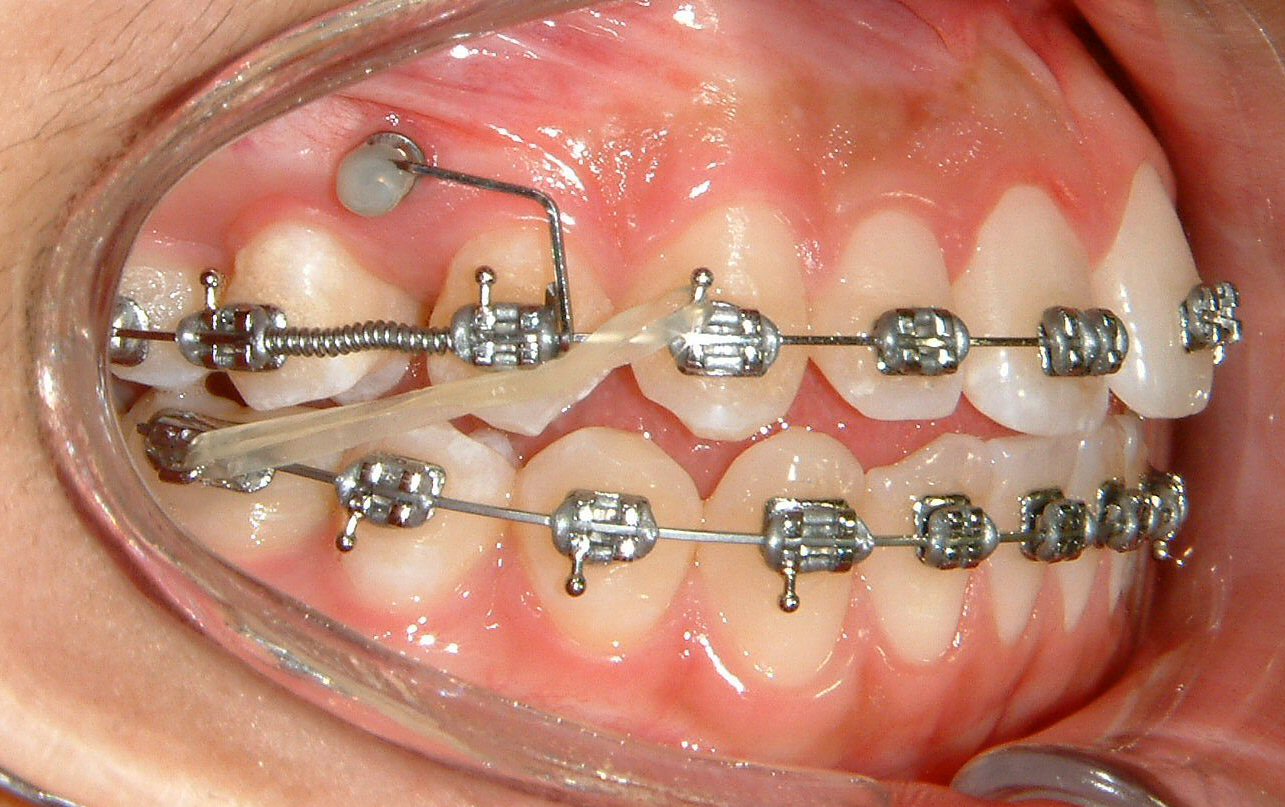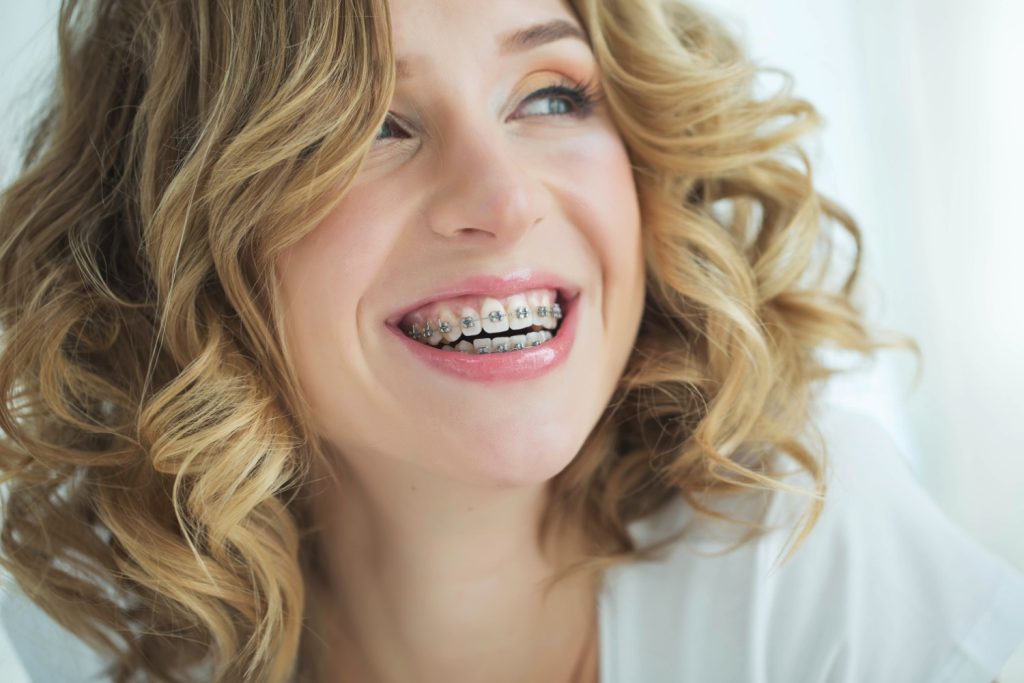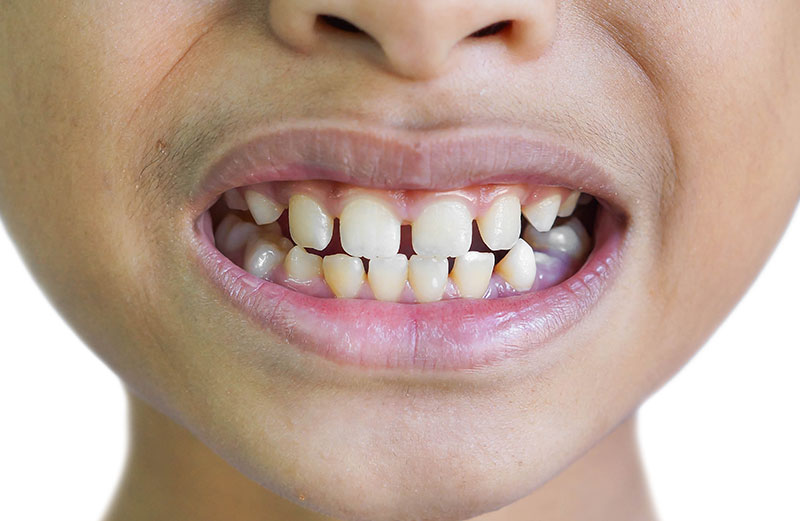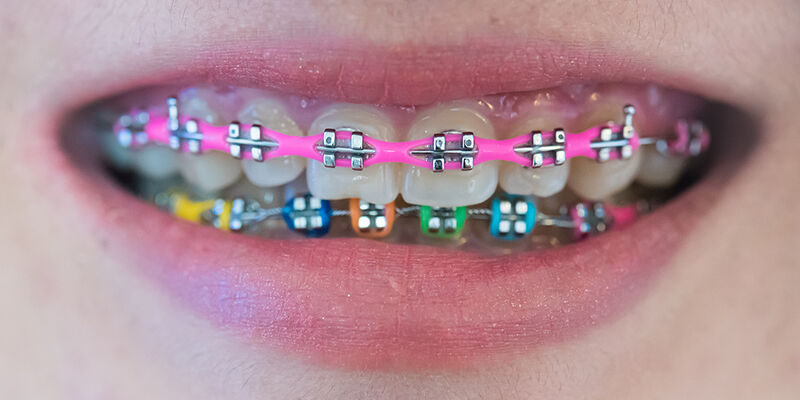Braces for overbite | Achieving a Balanced Bite: A Comprehensive Guide to Braces for Overbite

Introduction to Overbite
An overbite, also known as a deep bite, occurs when the upper front teeth significantly overlap the lower front teeth. While a slight overbite is normal, a pronounced overbite can cause various dental issues and affect the appearance and function of the teeth. Braces are a highly effective treatment for correcting overbites, offering both functional and aesthetic benefits.
In this comprehensive guide, we will explore everything you need to know about treating overbites with braces, from understanding the condition to the treatment process, benefits, and care tips. Whether you’re considering braces for yourself or your child, this guide will provide valuable insights to help you make an informed decision.

Understanding Overbite
An overbite is characterized by the vertical overlap of the upper front teeth over the lower front teeth. It’s important to understand the different types of overbites and their causes to grasp the significance of treatment.
Types of Overbite
There are two main types of overbite:
Skeletal Overbite: This type is caused by the improper alignment of the jaws. It often results from genetic factors and can be more challenging to treat, sometimes requiring a combination of orthodontic and surgical interventions.

Dental Overbite: This type is caused by the misalignment of the teeth rather than the jawbones. Dental overbites are more common and can be effectively treated with braces.

Causes of Overbite
Several factors can contribute to the development of an overbite, including:
- Genetics: Inherited traits from parents can influence jaw structure and tooth alignment.
- Childhood Habits: Prolonged thumb sucking, pacifier use, or bottle feeding can affect the development of an overbite.
- Tongue Thrusting: Habitual pushing of the tongue against the back of the upper front teeth can cause them to protrude.
- Teeth Crowding: Insufficient space in the jaw can lead to overcrowded teeth and an overbite.
- Missing Teeth: Missing teeth can cause neighboring teeth to shift, leading to an overbite.

Why Correcting an Overbite is Important
Correcting an overbite is essential for several reasons, as it impacts both oral health and overall well-being:
- Improved Oral Health: An overbite can make it difficult to clean teeth properly, increasing the risk of cavities and gum disease.
- Enhanced Functionality: Properly aligned teeth improve biting, chewing, and speaking functions.
- Aesthetic Benefits: Correcting an overbite enhances facial appearance and boosts self-confidence.
- Preventing Wear and Tear: An untreated overbite can cause excessive wear on the teeth, leading to enamel erosion and tooth damage.
- Alleviating Jaw Pain: Overbites can contribute to temporomandibular joint (TMJ) disorders, causing jaw pain and discomfort.

Braces as a Solution for Overbite
Braces are one of the most effective and widely used treatments for correcting overbites. They work by gradually shifting the teeth into their proper positions, addressing both dental and skeletal overbites.
How Braces Work
Braces apply continuous pressure to the teeth over time, gradually moving them into the desired alignment. The main components of braces include:
- Brackets: Small square attachments bonded to the front of each tooth.
- Archwire: A thin metal wire that runs through the brackets and guides the movement of the teeth.
- Bands: Metal rings placed around the back teeth to anchor the archwire.
- Elastic Ties: Small rubber bands that hold the archwire in place on the brackets.
- Additional Appliances: In some cases, additional devices such as rubber bands, springs, or headgear may be used to correct the overbite.

Types of Braces for Overbite
Several types of braces can be used to treat overbites, each with its own advantages and considerations.
Traditional Metal Braces
Traditional metal braces are the most common and effective option for treating overbites. They consist of metal brackets and wires that are adjusted periodically to move the teeth into place.
Advantages:
- High Effectiveness: Metal braces are highly effective for treating severe overbites.
- Durability: Made from stainless steel, they are robust and resistant to breakage.
- Cost-Effective: Typically more affordable than other types of braces.
Considerations:
- Visibility: Metal braces are more noticeable than other types.
- Comfort: Initial discomfort and irritation are common, especially after adjustments.
Ceramic Braces
Ceramic braces function similarly to metal braces but use clear or tooth-colored brackets that blend in with the teeth, making them less noticeable.
Advantages:
- Aesthetic Appeal: Less noticeable than metal braces.
- Effectiveness: Provide the same level of effectiveness as traditional metal braces.
Considerations:
- Cost: Generally more expensive than metal braces.
- Maintenance: More prone to staining and require diligent care.
- Durability: Ceramic brackets are more brittle and can break more easily.
Lingual Braces
Lingual braces are similar to traditional metal braces but are attached to the back (lingual) side of the teeth, making them invisible from the front.
Advantages:
- Invisibility: Hidden behind the teeth, providing a discreet option.
- Custom Fit: Each bracket is custom-made to fit the contour of each tooth.
Considerations:
- Comfort: Can be more uncomfortable initially and may affect speech.
- Cost: Typically more expensive due to the custom manufacturing process.
- Complexity: Not suitable for all types of orthodontic issues.
Clear Aligners (Invisalign)
Clear aligners, such as Invisalign, are a popular alternative to traditional braces. These aligners are made of clear, BPA-free plastic and are custom-fitted to the patient’s teeth. They are removable and virtually invisible.
Advantages:
- Aesthetic Appeal: Nearly invisible, making them a popular choice for adults and teens.
- Removable: Can be removed for eating, drinking, brushing, and flossing.
- Comfort: Made of smooth plastic, aligners are generally more comfortable than braces.
Considerations:
- Compliance: Requires discipline in wearing them for the recommended 20-22 hours per day.
- Cost: Can be more expensive than traditional braces.
- Effectiveness: Not suitable for all types of orthodontic issues, especially severe cases.

The Process of Treating Overbite with Braces
Understanding the steps involved in treating an overbite with braces can help you prepare for the journey towards a healthier, more aligned smile.
Initial Consultation
The initial consultation is the first step in your orthodontic treatment. During this visit, the orthodontist will:
- Review your medical and dental history.
- Perform a clinical examination of your teeth, jaws, and facial structure.
- Discuss your concerns and treatment goals.
- Take diagnostic records, such as X-rays, photographs, and impressions or digital scans.

Diagnostic Records
Diagnostic records provide the orthodontist with detailed information about your teeth, jaws, and bite. These records are essential for accurate diagnosis and treatment planning. They typically include:
- X-rays: To assess the position of teeth, roots, and jawbones.
- Photographs: To document the current state of your teeth and face.
- Impressions or Digital Scans: To create a model of your teeth for study and treatment planning.
Treatment Planning
Based on the diagnostic records, the orthodontist will develop a customized treatment plan. This plan will outline the following:
- The type of orthodontic treatment recommended.
- The estimated duration of treatment.
- The sequence of procedures and adjustments.
- The expected outcome and benefits of treatment.
Fitting the Braces
Once the treatment plan is finalized, the next step is fitting the braces. This process involves:
- For Braces:
- Cleaning and preparing the teeth.
- Applying bonding agent to the teeth.
- Attaching the brackets to the teeth.
- Inserting the archwire and securing it with elastics or clips.
- For Clear Aligners:
- Providing the first set of aligners.
- Instructing on how to wear and care for the aligners.
- Scheduling follow-up appointments to monitor progress and provide new sets of aligners.
Adjustments and Monitoring
Throughout the treatment, regular follow-up appointments are necessary to adjust the braces or provide new sets of aligners. During these visits, the orthodontist will:
- Check the progress of your treatment.
- Make necessary adjustments to the braces or provide the next set of aligners.
- Address any concerns or discomfort you may have.
- Ensure that the teeth are moving as planned.
Retention Phase
Once the active phase of treatment is complete, the retention phase begins. This phase is crucial to maintaining the results achieved. It involves:
- Retainers: Custom-made devices worn to keep teeth in their new positions.
- Duration: The orthodontist will recommend how long and when to wear the retainers.
- Follow-Up Visits: Regular visits to monitor the stability of the results.
Duration of Overbite Treatment with Braces
The duration of overbite treatment with braces varies depending on several factors, including the severity of the overbite, the type of braces used, and the patient’s compliance with the treatment plan. On average, treatment can last between 18 and 24 months. However, more complex cases may require a longer duration.
Benefits of Braces for Overbite
Braces offer numerous benefits for individuals with overbites, including:
Improved Oral Health
Properly aligned teeth are easier to clean and maintain, reducing the risk of cavities, gum disease, and other oral health issues. By correcting an overbite, braces help:
- Enhance the effectiveness of brushing and flossing.
- Prevent abnormal wear of tooth enamel.
- Reduce the likelihood of tooth decay and gum problems.
Enhanced Aesthetics
A beautiful smile can significantly enhance your appearance and boost your self-esteem. Correcting an overbite with braces can:
- Create a more balanced and attractive facial profile.
- Improve the alignment of your bite.
- Correct crowded, spaced, or protruding teeth.
Boost in Confidence
A confident smile can positively impact your personal and professional life. Braces can:
- Increase your self-confidence and willingness to smile.
- Improve your social interactions and relationships.
- Enhance your overall quality of life.
Better Functionality
Braces not only improve the appearance of your teeth but also enhance their functionality. Properly aligned teeth can:
- Improve chewing and digestion.
- Enhance speech clarity.
- Reduce strain on the jaw muscles and joints.
Caring for Your Braces
Proper care and maintenance of your braces are essential to ensure successful treatment and optimal oral health. Here are some tips for caring for your braces:
Brushing and Flossing
Maintaining good oral hygiene is crucial when you have braces. Follow these tips for effective brushing and flossing:
- Brush After Every Meal: Brush your teeth thoroughly after every meal to remove food particles and plaque. Use a soft-bristled toothbrush and fluoride toothpaste.
- Use an Interdental Brush: An interdental brush can help clean around brackets and wires more effectively than a regular toothbrush.
- Floss Daily: Flossing is essential to remove plaque and food particles from between your teeth and under the gumline. Use a floss threader or orthodontic flosser to make the process easier.
- Rinse with Mouthwash: An antiseptic mouthwash can help reduce bacteria and keep your mouth fresh. Rinse daily to enhance your oral hygiene routine.
Dietary Considerations
Certain foods can damage your braces or make them more difficult to clean. Here are some dietary tips to follow:
- Avoid Hard and Sticky Foods: Foods like nuts, popcorn, chewing gum, and sticky candies can damage your braces and should be avoided.
- Cut Food into Small Pieces: Cutting fruits, vegetables, and other hard foods into small, bite-sized pieces can make them easier to eat and reduce the risk of damaging your braces.
- Limit Sugary Foods and Drinks: Sugary foods and drinks can increase the risk of cavities. Try to limit your intake and brush your teeth after consuming them.
Managing Discomfort
It’s normal to experience some discomfort, especially after getting your braces adjusted. Here are some tips to manage any pain or discomfort:
- Use Orthodontic Wax: If your braces are causing irritation to your cheeks or lips, apply orthodontic wax to the brackets or wires to create a smooth surface.
- Take Over-the-Counter Pain Relievers: If you experience soreness, over-the-counter pain relievers like ibuprofen can help alleviate discomfort.
- Rinse with Warm Salt Water: A warm salt water rinse can soothe irritated gums and reduce inflammation. Mix one teaspoon of salt in a glass of warm water and rinse your mouth for 30 seconds.
Common Myths and Misconceptions
There are many myths and misconceptions about braces and orthodontic treatment that can create unnecessary anxiety or confusion. Let’s debunk some of the most common myths:
Myth 1: Braces Are Only for Kids
While braces are often associated with teenagers, they are suitable for patients of all ages. Many adults choose to get braces to correct overbites and improve their oral health.
Myth 2: Braces Are Painful
While you may experience some discomfort, especially after adjustments, modern braces are designed to be more comfortable than ever. Any soreness typically subsides within a few days, and there are various ways to manage discomfort effectively.
Myth 3: Braces Take Forever to Work
The duration of orthodontic treatment varies depending on the complexity of the case, but most treatments last between 18 and 24 months. Advances in orthodontic technology have made it possible to achieve results more efficiently than in the past.
Myth 4: You Can’t Play Sports with Braces
You can still participate in sports while wearing braces. It’s important to wear a mouthguard to protect your teeth and braces from injury. Your orthodontist can provide a custom-fitted mouthguard for maximum protection.
Myth 5: Braces Will Interfere with Daily Life
Braces may require some adjustments to your daily routine, but they won’t interfere significantly with your lifestyle. With proper care and maintenance, you can continue to enjoy your favorite activities and foods with some minor modifications.
Frequently Asked Questions (FAQ)
Q1: How often do I need to visit the orthodontist during treatment? A1: Regular visits every 4 to 8 weeks are typically required to adjust the braces and monitor progress. Your orthodontist will provide a specific schedule based on your treatment plan.
Q2: Can I choose the color of my braces? A2: Yes, many orthodontic offices offer a variety of colors for elastics or bands, allowing you to customize your look according to your preference.
Q3: Will braces stain my teeth? A3: The braces themselves won’t stain your teeth, but poor oral hygiene can lead to discoloration around the brackets. Regular brushing and flossing are essential to prevent staining.
Q4: Can I switch the type of braces during treatment? A4: In some cases, it’s possible to switch from one type of braces to another. However, it’s best to discuss this with your orthodontist, as it may affect the overall treatment plan and duration.
Q5: What should I do if a bracket or wire becomes loose or breaks? A5: Contact your orthodontist as soon as possible to schedule a repair appointment. In the meantime, you can use orthodontic wax to cover any sharp edges and prevent discomfort.
Q6: How do I clean my aligners? A6: Rinse your aligners with lukewarm water and brush them gently with a soft toothbrush. Avoid using hot water or harsh cleaning agents, as they can damage the aligners.
How to wear rubber bands on braces for overbite
Conclusion
Correcting an overbite with braces is a highly effective way to improve both the function and appearance of your teeth. With various types of braces available, including traditional metal braces, ceramic braces, lingual braces, and clear aligners, there is a solution to fit every lifestyle and preference.
By understanding the treatment process, benefits, and proper care for braces, you can embark on a journey towards a healthier, more confident smile
References:
Impact of overbite and overjet on oral health-related quality of life of children and adolescents








